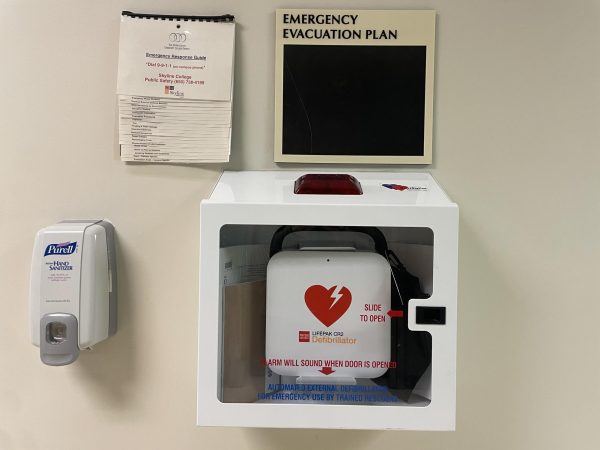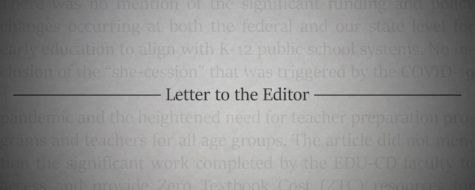Trump needs to be schooled
“I don’t know what that means, a community college,” said President Trump to a crowd in an Ohio training facility, revealing his ignorance on the value of community colleges. Well, Mr. President, you’re about be enlightened. Community colleges are the backbone of our country. They serve as catalysts in helping people achieve their goals.
As per the California Community Colleges Chancellor’s Office (CCCCO), with more than 2.1 million students on 114 campuses, the California Community Colleges is the largest system of higher education in the United States. The president needs to be educated on the largest system of higher education in the United States.
In 2017-18, the average tuition and fees for a full-time student at public two-year institutions nationally totaled $3,570 per year, while a year at an in-state public four-year institution cost $9,970 and $34,740 at private universities, according to the College Board.
Let’s put this in context. Here at Skyline College at $42 per unit, a full-time student commits to an annual cost of approximately $1,000. Compared to San Francisco State University, the annual cost of tuition is $7,254 for in-state students. In the two years that students spend at a community college, they shed $12,000 off their price of education.
Although community college tuition is substantially less than state universities for in-state students, there are those who say there is less financial aid available to community college students; this is no longer an issue at many community colleges.
Recently, we’ve seen many community colleges go free of tuition, City College of San Francisco being one of them. And as far as our district goes, with the inclusion of the Promise Scholarship, the first year of college is free to those who’ve completed high school, GED/HSE, or Adult Education in the US, in the past year. In this way, community colleges become a bridge to opportunity for countless Americans who strive to learn but simply cannot afford it.
Moreover, community colleges offer guaranteed admission and seamless transfer to many four-year institutions. This opens doors to colleges that may have been out of reach in high school.
29 percent of University of California graduates and 51 percent of California State University graduates started at a California community college, according to CCCCO.
Through the Transfer Admission Guarantee (TAG) the University of California has with California community colleges, Skyline students have guaranteed admission to 6 UC campuses. As a high school student, you need a 3.90 GPA to be competitive for admission to University of California, Davis, for example, whereas you have a guaranteed acceptance with a 3.2 from Skyline College after two years as a full-time student.
The likelihood of being accepted to schools that don’t have guaranteed admissions is also higher. For instance, the acceptance rate for the University of California, Berkeley for freshman admission is 17 percent, whereas the transfer acceptance rate is 24 percent.
And when you eventually transfer to your school of choice, the diploma is not going to say “only two years spent at [insert name of school],” it is going to say you graduated from that particular school.
In addition to affordable tuition and guaranteed admissions, community colleges have small class sizes. This means a real shot at getting to know your professors and research shows smaller class size yield higher success rates.
According to a Columbia University Research study, large classroom sizes were negatively correlated with student success rates. Unlike four-year institutions, at community colleges, you get an individualized approach to learning. You build a solid foundation that follows you to your four-year university.
At the end of the day, whether it’s a four-year university or a community college, should it really matter who teaches you college algebra?
It is also vital to mention, not all students plan on transferring. California community colleges educate 70 percent of our state’s nurses and train 80 percent of firefighters, law enforcement personnel, and emergency medical technicians, according to the CCCCO.
Opportunity is at the essence of community colleges, and they are a crucial part of the education of our country. They’ve held their end in educating the youth; it’s time we back them up as the President questions their value.











